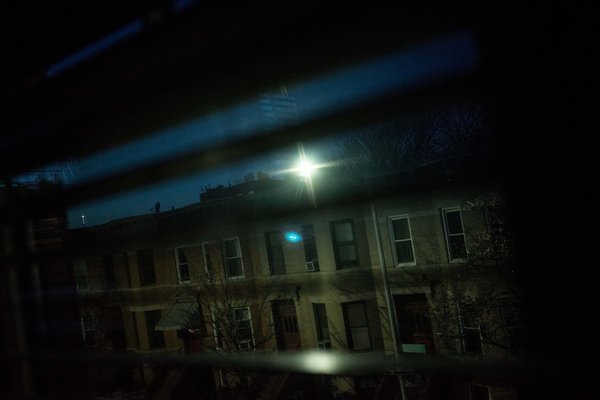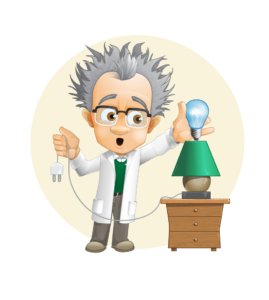Residents in Brooklyn, New York are suddenly seeing everything in a new light—and not in a good way. After replacing sodium-vapor streetlights with LED, according to the New York Times, the neighborhood has been compared to a strip mall in outer space, a prison, or even an alien abduction. To some residents, the LED lights are reminiscent of a construction or film crew working outside all night. For anyone who has dealt with this, it’s not something they’d want to experience every night.
The changeover from the traditional sodium-vapor streetlights to LED began in 2013 when the city set a goal to reduce the overall carbon footprint by 30 percent by 2030. Updating to energy-efficient LED street lights is one of the biggest contributions toward achieving this goal. The city is spending $75 million on the new street lights, which are embedded in LED-compatible “cobra head” fixtures affixed to existing light poles. The update will save $6 million on energy costs each year and another $8 million on maintenance due to the fact that LEDs last up to 20 years, two to four times longer than the ones they replaced. Within two years, all 250,000 street lights in the city will have been replaced by LED.
The new streetlights, however, bring a common problem to the neighborhood—light trespass. Light trespass, or when light is spilled onto unwanted areas like through a neighbor’s window, has become exhausting for those accustomed to the orange haze of sodium-vapor lamps. While the Transportation Department is trying to identify a long-term solution, such as screens or filters, the city has been sending workers to adjust the angle of the LEDs to prevent them from shining into residents’ homes.
How can a city use LED without disturbing residents? LED lighting needs to be chosen carefully in order to implement the appropriate lighting for an area. The sodium-vapor lamps likely had a Kelvin temperature of about 2000K. The new LED lamps were probably about 5000K to 6000K. The difference in color temperature is so drastic that it’s understandable how the residents could find the transition difficult. Furthermore, the color rendering index (CRI) of sodium vapor is about 20, while the CRI for LED is about 80. The former street lights rendered color with only 20% accuracy, meaning even trash would look good under sodium-vapor lights. By contrast, LED street lights enable humans to see a lot more of what used to be hidden by the orange glow. While it can be unsettling, the improved visual acuity at night is more of a potential benefit than a real concern.
LEDs offer many benefits that the sodium-vapor lamps do not, including energy saving and lower maintenance costs. A woman who works as a bartender in the area prefers the LED lights, claiming she feels a lot safer when walking to the train. Central Park received its LED upgrade in 2012 and the lights were welcomed for the added safety they brought to the park. Research in Los Angeles demonstrates that LED lights improve facial recognition for surveillance cameras, an important way to help fight crime. Safety, reduced carbon emissions, and energy savings are integral benefits that LED lighting brings. However, it is important to find a balance, where LEDs can be used to the benefit of everyone without shining a light where it potentially doesn’t belong—like a neighbor’s window.
Photo Credit: Andrew Renneisen for The New York Times



